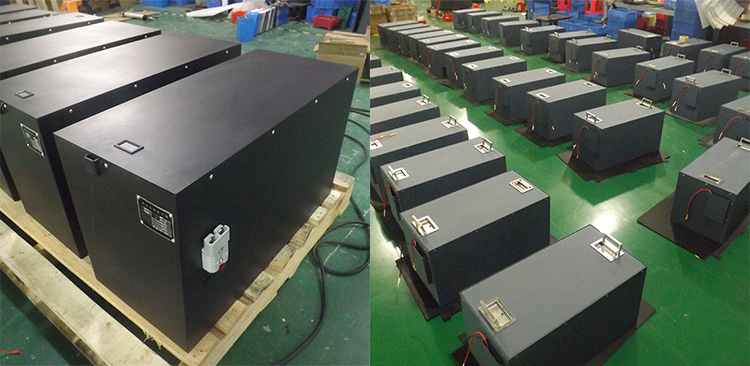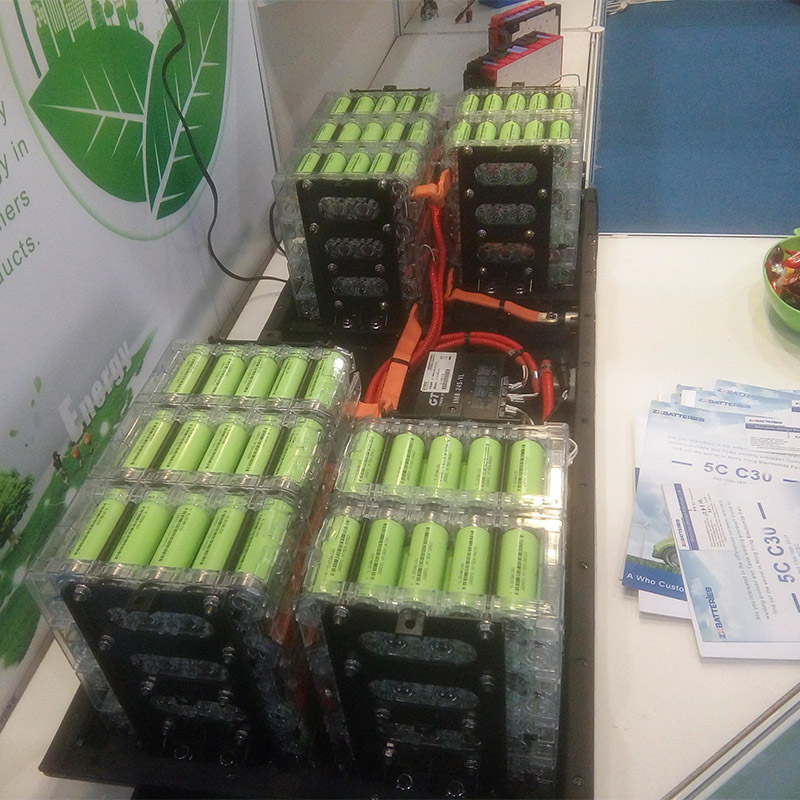At present, there are two main types of power lithium batteries: lithium iron phosphate battery and ternary lithium battery . lithium iron phosphate battery is longer in life and safety, while ternary lithium battery is longer low temperature performance and the capacity .

For battery life, the life of a lithium-ion battery on a common electronic product is about 5 to 20 years, with an average of 8 years. However, with the current technical level, lithium-ion batteries have service life of only 3-5 years on electric vehicles.
The reason why the battery life of electric vehicles is short is due to the influence of working environment and large-scale charging and discharging. The number of cycles of ternary lithium battery is about 500 to 1000 times, and lithium iron phosphate battery is about 2000 times;

Taking a minimum of 500 times as an example, the Chery EQ battery life is 200 kilometers, and the comprehensive working condition is 160 kilometers calculated by 80%, 500X160=80,000, which means that under normal circumstances, when the Chery EQ actually travels about 80,000 kilometers, the battery capacity will be attenuated to the original 80%; if it is calculated as 2000 times of lithium iron phosphate battery , it is about 320,000 kilometers, and if it is 400 kilometers, it is 640,000 kilometers.
If the battery capacity on the electric vehicle is reduced to less than 80% of the initial capacity, the driving range of the electric vehicle will be significantly reduced. When the battery capacity is reduced to less than 70%, the battery must be replaced.
For many of today's pure electric vehicles, the cost of the battery is about 40% of the total cost of the car. That is to say, replacing the battery is equivalent to changing the car by half.